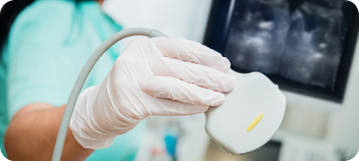-
Jordan
- Iraq
- Kuwait
- Oman
- Pakistan
- Qatar
- Saudi Arabia
- UAE
- Sign Up
- Contact Us
Drag to read about different week

Drag to read about different week

All organs, full speed ahead!

Don’t believe the hype: Spicy food won’t induce labor.

Is it really labor? Your doctor knows…

That little body gets antibodies.
You are about to exit the Abbott family of websites for a 3rd party website.
Links which take you out of Abbott worldwide websites are not under the control of Abbott, and Abbott is not responsible for the contents of any such site or any further links from such site. Abbott is providing these links to you only as a convenience, and the inclusion of any link does not imply endorsement of the linked site by Abbott. Do you wish to continue to the requested website?
Breastfeeding is the best source of infant nutrition. Good maternal nutrition is important for the preparation and maintenance of breastfeeding. When thinking of using infant formula, a mother should be aware of
In addition, proper preparation of powder or concentrated liquid infant formula requires the use of boiled water for the purposes of mixing formula and cleaning implements and the manufacturer’s mixing instructions must always be followed. Improper mixing or preparation may make a baby sick. A healthcare professional should always be consulted before initiating formula feeding.
Continue
Notice
You are about to exit the Abbott family of websites for a 3rd party website.
Links which take you out of Abbott worldwide websites are not under the control of Abbott, and Abbott is not responsible for the contents of any such site or any further links from such site. Abbott is providing these links to you only as a convenience, and the inclusion of any link does not imply endorsement of the linked site by Abbott. Do you wish to continue to the requested website?

